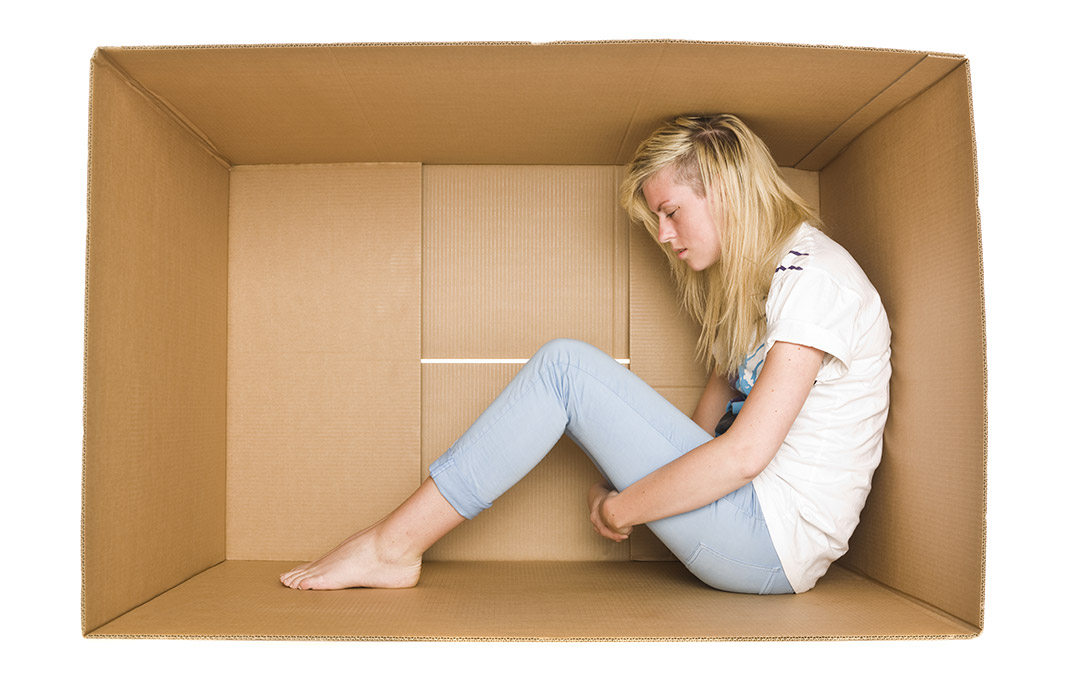I Miss You Opentable!
But For Now, My Standing Reservation Is In The Wiggle Room
I truly miss you Opentable! I miss our steady Saturday night interactions, with your quirky little reminders. I yearn for our fabulous lunch rendezvous for two, or three, or eight of us at the last minute, sitting just inches apart, maskless. Remember, back when the world and I were spontaneous! You always found a way to accommodate me on the fly. You’ve been so open… with all your tables. I’m so grateful to you, and I want you to know it’s not over between us. It’s just that right now, what I need is my space. Some home space. I know we’ll connect again soon, but until then, I’ve booked for the Wiggle Room.
Over the years, while sifting through thousands of sets of construction plans with clients, I’ve witnessed new rooms emerge as societal trends and needs changed. Family spaces grew less formal and became Great Rooms. Open floor plans gave rise to Breakfast Rooms, as cooking and dining merged into one space. Meditation Rooms popped up as mental health became a priority. Now, as a global pandemic keeps us home-bound without much say in the matter, it seems logical that we designate a space in our homes where we do have some sense of control over our lives. I present you with the “Wiggle Room,” a safe space to make our own rules, and address our worries and anxiety. So table your social plans, and open some space at home to thrive!
Wiggle Room Basics
- Designate a space or nook in your home for dealing with difficult emotions
- Include empowering props that remind you of your strength and resilience
- Recognize triggers that tell you it’s time to take a break
- Enter the space on command to find stillness and let all emotions arise
- Release negative energy before you leave that space
Cop a squat – Choose a cozy space where you can sit. The space should only serve one purpose, a place of respite. I suggest somewhere without distractions, that’s not used for any other common tasks. Let this be a place of solace where you truly have room to stretch out. Allow yourself to come here whenever you feel confined, stressed, or overwhelmed by any difficult emotions. This area will allow you physical space to be alone and emotional space to reset. I highly recommend teaching children to create their own Wiggle Rooms too. It can be a fort built with covers, or a space under a table where they can literally wiggle at will, as long as it’s safe and accessible. It doesn’t need to be a whole room, but this space is worthy of the Wiggle Room title.
Jazz it up – Adorn your space with anything that summons your inner strength and resilience. Include photos of loved ones, passed or living, or any teachers, authors, or people who inspire and empower you. Adhere quotes to the wall or hang pictures that resonate with you. Ensure the space is comfortable and quiet. I know private space is a scarcity right now, especially for those with young children. Choose a location that maximizes whatever private space is available.
Know when to take a break – Learn to recognize triggers, so you can make use of the Wiggle Room before you become overwhelmed and reactive. Watching the news or reading upsetting emails can be instant triggers of emotional distress. This pandemic has left many of us feeling that our lives are being negotiated by others. Be mindful of your automatic reactions to triggers. Notice any influx of negative or critical thoughts. Be aware of emotional strain in your body, like a tightness in the throat, unsettled stomach, heaviness in your chest, or racing heartbeat. The moment you feel a sense of discomfort forming in your body, allow yourself a Wiggle Room break.
Take advantage of this sacred space – You may not have control over your circumstances right now, but you can have control over your emotions and reactions when given some space. Grant yourself permission to be upset or disheartened. Recognize whatever you’re struggling with. Allow yourself to feel it. Investigate what you’re feeling, and ask yourself what thoughts or beliefs you’re using to perpetuate the struggle. Then nurture yourself and find self compassion toward your negative feelings or actions. This 4-part process of recognize, allow, investigate and nurture is called the RAIN Method. I was introduced to this method through Laurie Cameron, one of my mindfulness mentors, and through the teachings of Radical Compassion by Tara Brach.
Reset before you resurface – The Wiggle Room is a space to negotiate with your thoughts. You’re in control here. Take a moment to find your breath. Shut your eyes and focus on thoughts that empower you. Know that you can govern your emotions simply by allowing and releasing them. Only leave this space when you’re ready. By focusing on compassion, especially self compassion, you’ll find it easier to release negative emotions. Self compassion opens us to compassion for others. In this moment, most of us are staying home to protect ourselves and others. Find comfort in that, and find gratitude for those who are honoring our mutual well being. Before leaving this space, let go of anything that doesn’t serve you. This will ensure you leave feeling more resilient. Know that you can always access this space.
*Remember, we all hold a metaphorical Wiggle Room within us. The way to find it is to pause, breathe, and observe whatever arises, without judgement and with compassion. And this too shall pass.





